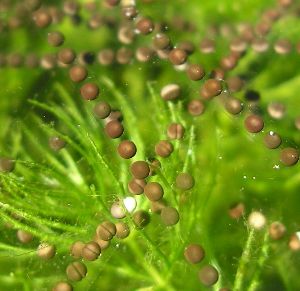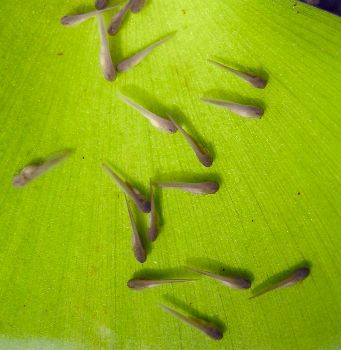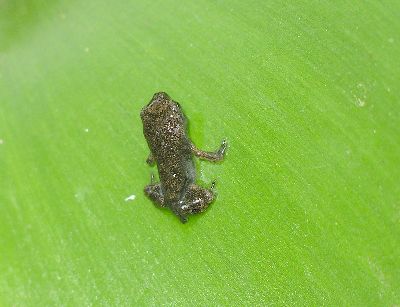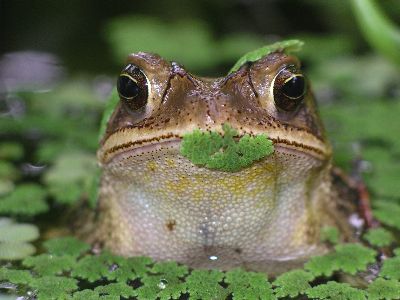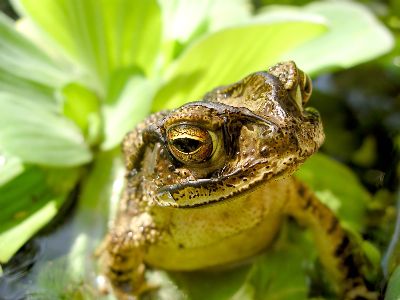The images presented in these galleries are reductions of photos taken by Valerie with a Pentax Optio 450 digital camera. The compression has been increased to 80% (100%=no compression) and the dimensions reduced in order to save bandwidth and facilitate page loading. The information below each image gives the size in pixels and kilobytes of the original file as well as the title by which to request the larger version. All of the original files are in jpeg format, most at about 95% compression, and are suitable for printing, desktop wallpaper, or detailed study. While the images here are free for the taking (right click - save as; do not link to these images directly), the larger versions are also available by sending a request to Valerie via . The frames around the gallery photos are not part of the same file and are only for presentation on this site.
Although the photos are free to use, they are copyrighted by LARVALBUG and remain the property of the owners of this site. We request that any public use of these images be accompanied by a credit to LARVALBUG.COM and, when appropriate, a link to our site (<a href="http://www.larvalbug.com/">LARVALBUG</a>). Commercial use of the large files can be arranged for a modest fee.
To request larger files or ask any questions please send an e-mail to Valerie at .
|
|
Gulf Coast Toad (Bufo valliceps). All photos were taken in our backyard pond in Austin, TX. An article on toads in larvalbug's garden provides detailed information on this species.
Toad eggs shortly after they were deposited. Cell division has started. The eggs hatch in 24 hours.
Tadpoles on their second morning after hatching. They are still not very good at swimming around, but will be much more mobile by the third day.
A baby toad just after losing its tadpole tail. Although the eggs hatch quickly and development is rapid at first, the tadpoles then spend much of the summer growing rather slowly. Eventually, they lose the tail, grow legs, and climb out of the pond. This 1/4 inch long youngster is resting on the leaf of a water hyacinth.
The male toads spend many nights each summer singing in the pond. They frequently do not even leave the water during the day and seem to guard eggs they have fertilized, at least for the first few hours.
This male is covered with a small floating plant called mosquito fern. It is a true fern and forms moss-like carpets on the surface of the water. During the winter, it turns red.
Although the sides of our pond are vertical, the toads have no trouble climbing out because of the vegetation in the water. This male toad has just finished a successful night of mating and is framed by a water lettuce plant behind him.
Mating toads are quite persistent and males will try to hang onto a female even if there is already another male in position. In this case, the larger female is between two males. The toad in front of the female stands little chance of siring tadpoles, but his behavior certainly did disrupt things. A large portion of the eggs that were eventually laid were not fertilized.
|
